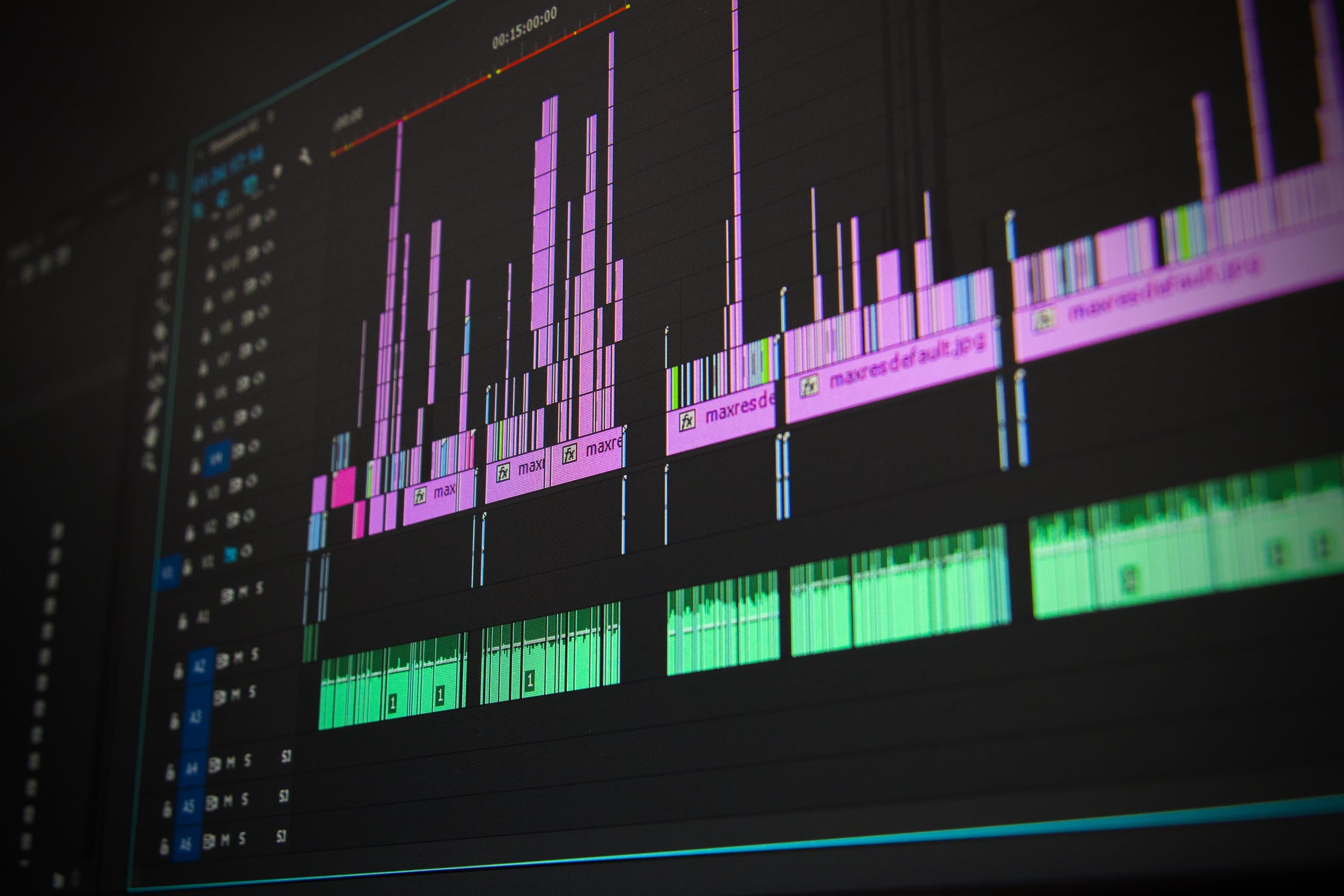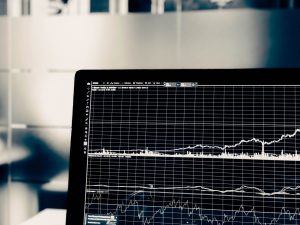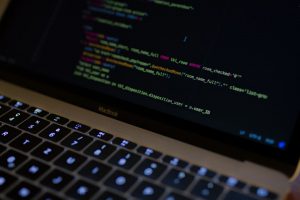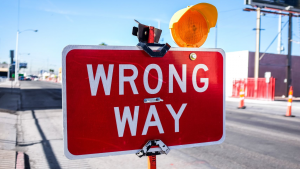Based on the Chapter 3 of the book: “Digital Transformation: Survive and Thrive in an era of Mass Extinction” by Thomas Siebel
By Mario Ishikawa, CTO of PackIOT
In his recently published book “Digital Transformation: Survive and Thrive in an era of Mass Extinction”, Thomas Siebel, Founder, and CEO of C3 IoT addresses the fact that the moment we are living now is unique. Digital transformation, or the Fourth Industrial Revolution, is bringing massive changes to how we live as a society, and especially for companies, it is a moment to thrive or die.
CEO’s are playing a core role in this process. Digital transformation in a company is started and supported by the CEO, in contrast to earlier technology adoptions on enterprise, usually led by IT and Engineering teams. By going to the very core of the organization, digital transformation requires the CEO to understand the fundamentals of his business. If you are a car manufacturer, is your business fundamentally about making cars or is it about delivering transportation and mobility?
Once the importance is understood, then comes the digital transformation plan, and the challenges are of great magnitude. Many large corporations tried to create their own database systems in the 80s, to avoid having to acquire software licenses from major vendors. The results were usually a disaster. The same has also happened for ERP and CRM systems. Understanding what is Digital Transformation and the required technologies are important to avoid these past mistakes in this current change we are living.
For large corporations, the challenges are to collect, aggregate, analyze and store petabytes of sensor acquired data in real-time. It is a challenge that not only involves several knowledge domains but also requires the use of core technologies that enable this movement.
For Digital Transformation, Siebel highlights 4 core technologies:
- Cloud Computing
- Big Data
- AI
- IoT
Cloud computing
Cloud computing is about accessing shared pools of hardware and software resources that can be provisioned typically instantly and over the Internet, without human technical support. It can be private, also known as a private cloud (or a public one) when is owned by a third-party.
This item is so important that the author states that Digital Transformation is not possible without the cloud. Recognizing that the major cloud players provide the state-of-art on network, servers, availability, and security, organizations are quickly moving their applications and data into public clouds. CIOs now acknowledge that IT data centers will be gone in a decade.
One main advantage of public clouds is related to costs savings. Virtualization allows organizations to rent according to their real-time resource usage, while an internal data center is required to be dimensioned for peak loads.
Big data
Data is important but now is more important than ever. AI applications require large datasets to train algorithms such as failure prediction. That translates into the need of scalable database architecture to store this structured data coming from sensors, in a way that also allows for fast retrieval.
Industrial data, once geofenced in distributed silos within the plant, now need to be available in a secure way so it can be used not only by AI, but also by other systems such as an ERP that might be out of the plant or even on the cloud. Scaling a database for huge amounts of data while increasing the integration and performance requirements can be a daunting task.
Artificial Intelligence
Artificial Intelligence is the science of making computers and software working on tasks that would usually require human intelligence. It is also related to using computers to solve complex problems without specifically programming them to do so, in cases where programming a solution would require an impractical amount of hours.
In manufacturing, the main uses of AI are for pattern recognition, to predict failures and to support on decisions. By predicting failures, the organization can maximise asset uptime and availability.
IoT
IoT has a very important role on the Digital Transformation. Now software and sensors can be much more integrated. Sensors and computers on the edge are now cost effective enough to allow applications such as Smart Buildings and autonomous vehicles. And the 4 technologies are all connected. A large amount of sensors creates a Big Data challenge, which will require the cloud computing power for AI applications.
In the shop floor, although it seems that sensors and PLC were always there, they were usually limited to a local real time process control. IoT is more about sending sensor data to other applications in a secure and network efficient way. It can also involve Edge computing, to process locally large datasets and forward only what is important, such as alarms and events or aggregated data.
With these 4 key technologies pointed by Siebel, we can clearly see that digital transformation on manufacturing plants is no longer a one man task of programming a PLC and SCADA. It requires a large set of skills that will be found not only on a team, but on a set of teams working together in different companies. It is about the OT department (Operational Technology) working together with IT department and external partners to bring together to the organization’s core the CEO vision on the company’s future.






